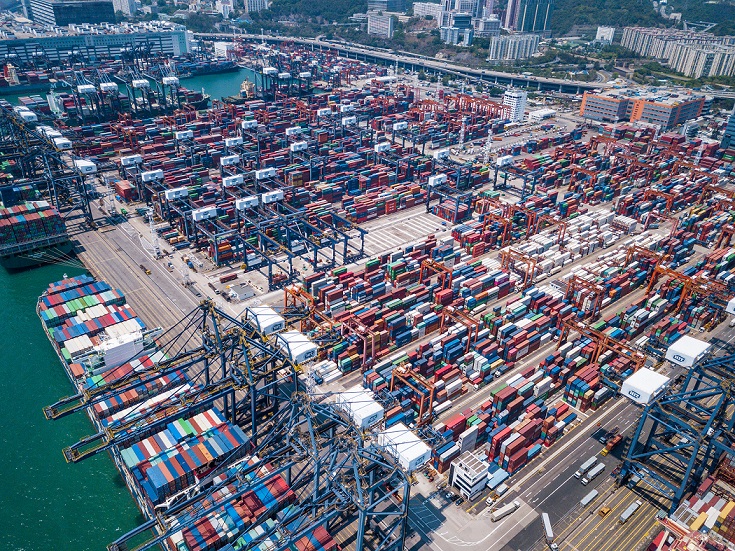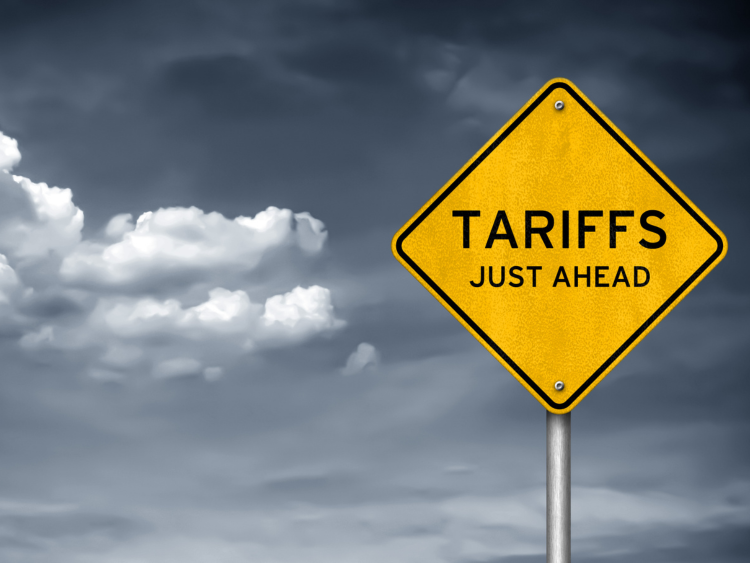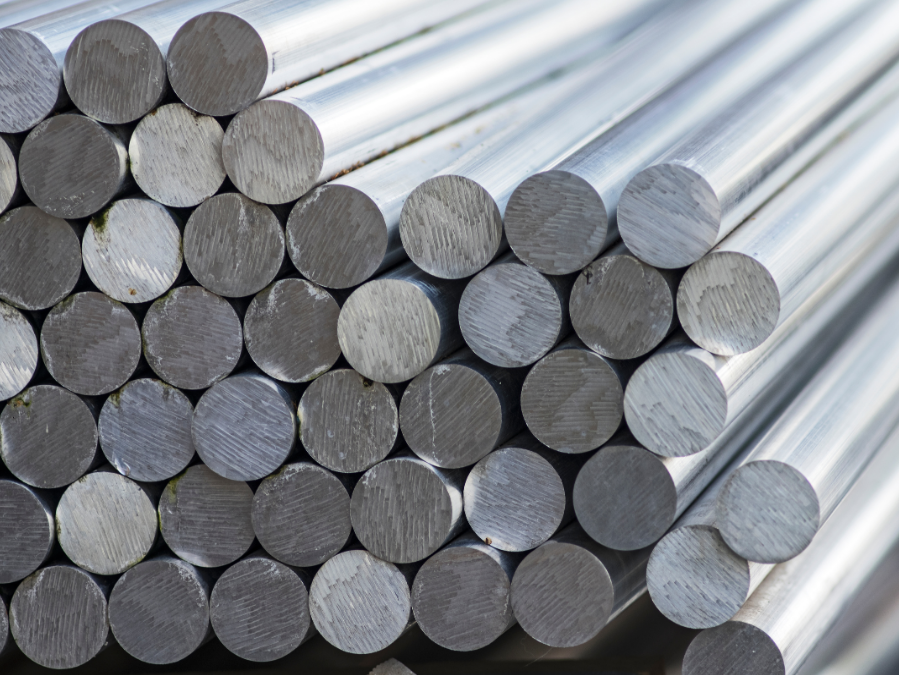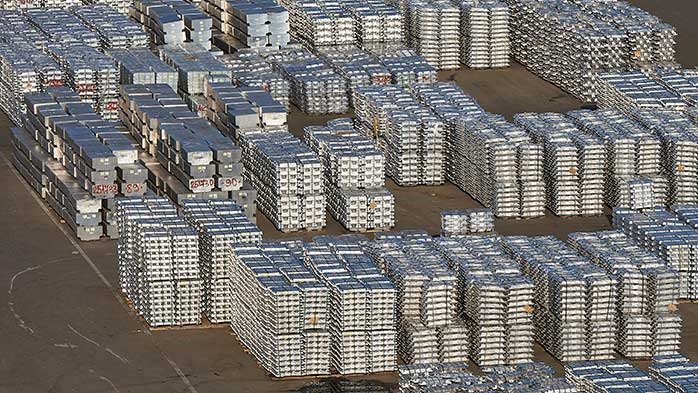Aluminum

Wittbecker on Aluminum: Can port fees bring US shipbuilding back?
Written by Greg Wittbecker
April 21, 2025
By now you must have tariff fatigue, so we are shifting gears to focus the maritime tax proposals of the United States Trade Representative (USTR) plus some other low-key tax relief bills that may have out-sized effects on sectors served by aluminum.
The USTR recently completed a year-long, Section 301 study on China shipbuilding and vessel ownership which pointed to the country’s domination of the market – and as an extension, the risks to US national security.
China built about 52% of all maritime vessels in 2023 (latest data year), launching about 32.8 million gross tons. It was followed by South Korea at 18.3 million tons, or 28% of the market, with Japan ranked 3rd at 9.9 million tons, or 15%. The US produces less than 1% of the gross tonnage delivered, and virtually everything was defense related.
China now has the largest and most valuable fleet, valued at over $255 billion. Its bulk fleet is worth over $68.4 billion and its container fleet at $63.5 billion. China’s tanker fleet comprises over 1,764 vessels worth $47.9 billion. China also builds over 90% of the world’s shipping containers.
The USTR report contained the following proposed fees:
• New fees on vessels that are operated by Chinese ship operators or that are built in China calling on US ports to counter China and bolster US shipping interests.
• A $1 million per US port call fee on Chinese vessel operators and a $1.5 million fee per US port call for Chinese-built vessels. A service fee would be instituted on each US port call by vessel operators, regardless of nationality or vessel flag, with vessels on order from Chinese shipyards.
• A potential phase-in of “commercial cargo preference,” under which a percentage of all US ocean exports will be required to be carried in US-flagged vessels, starting at 1% and stepping up to 15% within seven years.
These were laid out in the April 9 Executive Order “Restoring America’s Maritime Dominance. The Trump administration argued that fees would curb China’s growing commercial and military dominance on the high seas and promote the US. The USTR has proposed fees that could top $3 million per US port call for China-domestic maritime industry.
Reaction from commercial interests was swift. Representatives from bulk commodity shippers, such as grain and coal, were joined by consumer goods in arguing against the fees, saying it could cripple supply chains because of the very dominance that China has in the existing shipping fleet. They also pointed out the impracticality of revitalizing American very quickly without examining the root causes of why it went away in the first place.
USTR and the administration are now backpedaling on the proposals.
Among the changes under consideration are delayed implementation and new fee structures designed to reduce the overall cost to visiting Chinese vessels.
Among options the Trump administration was considering is charging a fee based on the number of Chinese-built ships in a company’s fleet, one source said. That would mean lower fees for those companies with fewer ships built in China.
The administration was also mulling a charge based on the tonnage of unloaded vessels rather than a flat fee, two of the sources said. This would mean lower fees for smaller ships, rather than flat fees for all vessels. That might ease the burden on ship owners with smaller vessels involved in niche trades such as transporting grains or other commodities.
The USTR had formulated the fee proposal focusing on the big container ships and had failed to comprehend the effect on bulk commodities such as coal, grains and crude oil impact, they said.
Some question if the fees are legal
Leading maritime experts cite a 1998 ruling by the Supreme Court that the Harbor Maintenance Fee is indeed a tax and not a user fee and it is unconstitutional to apply it to exports. The same logic in that ruling would apply to this matter with the courts finding any fees charged to empty ships arriving at U.S. ports to carry American exports are illegal.
Tariffs again to the rescue for competitively disadvantaged industries?
There have been volumes written about the lack of logic in connecting Section 232 to the rebuilding of US primary aluminum capacity. For aluminum, it comes down to a lack of competitively priced power. In shipbuilding, it is something else. China has built its dominant position in this sector though many things:
Lower labor costs: Chinese shipyards benefit from a lower salary system and lower costs for board and lodging, leading to significantly lower direct labor costs. On the surface this is true although labor costs in Eastern China are rising fast with the standard of living and cost of living in those regions.
Lower materials costs: Ship building is a great dumping ground for steel, cranes, and propulsion systems. No question this has been a huge cost advantage.
Efficient construction: China’s shipyards have adopted advanced construction techniques and automation, raised productivity and reduced construction time. I have not been in a yard for decades but suspect standardized, modular design has really aided them.
Government support: The Chinese government provides extensive subsidies and financial support to the shipbuilding industry. A shared characteristic from aluminum, zinc, solar panels, consumer electronics, textiles…the list goes on. Do not forget that One Belt One Road was the Chinese version of the US Marshall Plan to boost Chinese exports. Chinese defense spending has been huge as they build out a fleet to challenge the US in the Pacific.
Contrasting China with the US
Higher labor costs: US shipyards face higher labor costs, including wages and benefits, which contribute to increased overall costs. We also have a severe shortage of skilled labor in areas such as high-performance welding. This is a product of the US’ deemphasis on vocational training. No one wanted their kids to grow up in these roles. We are now paying the price for shifting our priorities to white collar jobs. Now current generations have to be coaxed back into these jobs because they are good jobs, paying good salaries.
Stricter regulations: US shipbuilding is subject to more stringent safety regulations and environmental standards, increasing costs. This is what very few ships are registered in the US.
Limited production capacity: The US shipbuilding industry has a smaller capacity compared to China, limiting its ability to benefit from economies of scale. You may need government support beyond defense contracts with some kind of modified Jones Act that says certain strategic imports must be carried in US flag vessels.
Challenges with design and production: The US faces challenges in ship design, production, and maintenance, leading to delays and cost overruns. Sound familiar? When your industry expertise is gone, and uncertainty over design=delays=cost hikes, then you might need a National Design Lab to jumpstart this.
In summary, China’s lower labor costs, efficient construction methods, government support, and dominant market share give it a significant cost advantage over the US in the shipbuilding industry. There is real doubt that the USTR proposal would provide a boost the US. Instead, it would simply add fuel to the inflationary fires that are building, and which may hit the economy full on in the next 90 days.
Editor’s note
This is an opinion column. The views in this article do not necessarily reflect those of SMU. We welcome you to share your thoughts as well at info@steelmarketupdate.com.
Greg Wittbecker
Read more from Greg WittbeckerLatest in Aluminum

Tariff talks define Alcoa’s Q1
Operational results painted a picture of a company that produced more aluminum but shipped less of it as a result of tariffs and timing mismatches.

Wittbecker: What comes after ‘Liberation Day’?
A week after "Liberation Day," the global economy got a 90-day “stay of execution.” The Trump administration hit the pause button on many of its broad tariff measures, with the exception of China.

The Value Trap: USMCA compliance paradoxes
A counterintuitive aspect of the 25% tariffs on autos is these percentages are measured in value, not by weight or part count. That means a few costly imported parts can outweigh dozens of cheaper local ones – and vice versa.

Aluminum takeaways after ‘Liberation Day’
If you import aluminum products, here’s where things stand after President Trump's "Liberation Day."
